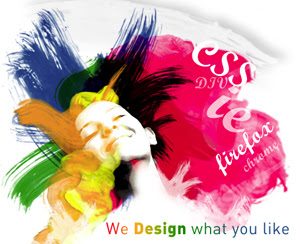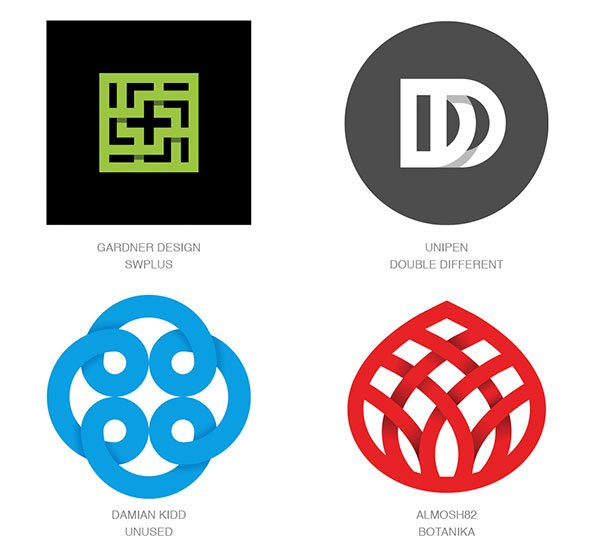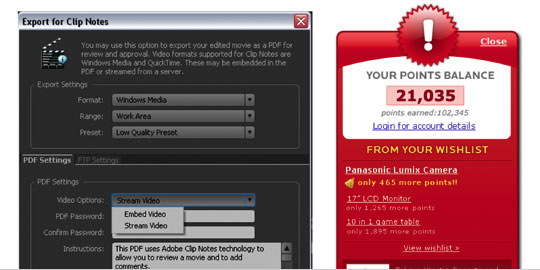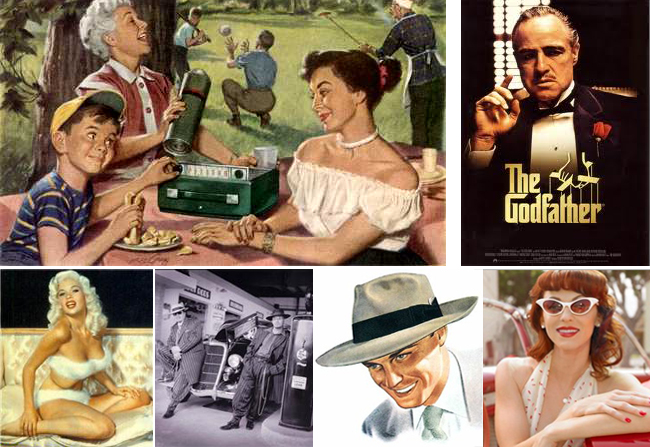6 main stages of site development
 I was recently told in the comments that some posts do not match the format of the blog, which is positioned as a useful resource for web designers. On the one hand, a lot of attention is really paid to a graphic editor, for example, photoshop, but on the other hand, this is also part of the work, and not least. Nevertheless, today I decided to publish a post that would partially satisfy those who want to read something about creating websites. At the same time, I decided not to limit myself to one web design, but to consider the issue more broadly. Continue reading
I was recently told in the comments that some posts do not match the format of the blog, which is positioned as a useful resource for web designers. On the one hand, a lot of attention is really paid to a graphic editor, for example, photoshop, but on the other hand, this is also part of the work, and not least. Nevertheless, today I decided to publish a post that would partially satisfy those who want to read something about creating websites. At the same time, I decided not to limit myself to one web design, but to consider the issue more broadly. Continue reading
Web 2.0 style design: simplicity as art
 In the fall of 2005, with the help of the publisher Tim O’Reilly, the term Web 2.0 was firmly included in the lecture of web developers. Like any new term, it still remains the subject of lively discussion, during which the main feature, which is no longer in doubt, is defined. Coming to replace the “old” Web 1.0, Web 2.0 has become a new model of the existence of the Internet community, where an ordinary user becomes a direct participant and creator of the site content. Continue reading
In the fall of 2005, with the help of the publisher Tim O’Reilly, the term Web 2.0 was firmly included in the lecture of web developers. Like any new term, it still remains the subject of lively discussion, during which the main feature, which is no longer in doubt, is defined. Coming to replace the “old” Web 1.0, Web 2.0 has become a new model of the existence of the Internet community, where an ordinary user becomes a direct participant and creator of the site content. Continue reading
Stages of development of a web designer and reaction to criticism in work
 As a singer cannot exist without listeners, so a designer cannot exist without a spectator. And this viewer, of course, is entitled to his opinion on the evaluation of the work. Of course, the opinion of the viewer is sometimes definitely worth listening to. Although the most important opinion is that of the customer, but to work with them, experience is needed. And in order to gain it, you must first practice well – to draw layouts of websites, logos, etc. And who will criticize in this case? That’s right, other designers and ordinary users visiting forums and communities on this topic. Continue reading
As a singer cannot exist without listeners, so a designer cannot exist without a spectator. And this viewer, of course, is entitled to his opinion on the evaluation of the work. Of course, the opinion of the viewer is sometimes definitely worth listening to. Although the most important opinion is that of the customer, but to work with them, experience is needed. And in order to gain it, you must first practice well – to draw layouts of websites, logos, etc. And who will criticize in this case? That’s right, other designers and ordinary users visiting forums and communities on this topic. Continue reading
History of pixel art. Past and future
![]() Today we bring to your attention a guest post about pixel graphics from Anna, which maintains a pretty interesting blog of the corresponding “pixel” subject.
Today we bring to your attention a guest post about pixel graphics from Anna, which maintains a pretty interesting blog of the corresponding “pixel” subject.
Pixel art (pixelart, pixel art) is a form of digital graphics created using a raster graphic editor, where each image pixel is manually edited.
For the first time in 1982, the term pixel art was used in Xerox Corporation by Adele Goldbert and Robert Flegal, but the graphic itself was used 10 years before in the same Xerox company. Also, to some extent, we can also consider pixel art ’and the occupation our grandmother-great-grandmothers were engaged in – cross-stitching, is it not true, it seems – one cross – one pixel =) Continue reading
The essence of the design – what is it?
 The other day, a guest post came to me from Viktor Fomin, blog author Krufok, of the chronicle of the living mind of a copywriter philosopher.
The other day, a guest post came to me from Viktor Fomin, blog author Krufok, of the chronicle of the living mind of a copywriter philosopher.
To begin with, in many professional fields of activity, many things are so obvious that they are given a little attention. It is believed that it is so simple that there is nowhere else. And if someone asks to clarify the meaning of such a phenomenon, finding that universal fame does not guarantee universal understanding, it will either be considered a joke, or a set of their own conclusions will be dumped on a person quickly. Continue reading



